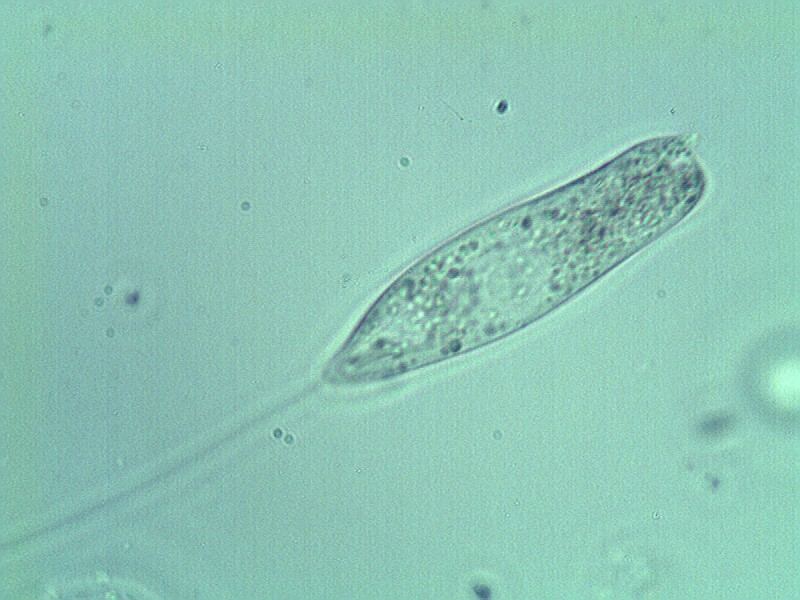lol ^^^
The microbe content of each type of tea will be different. for instance the material you use for compost may be way different then the material i use
One of the reported benefits of compost tea are the ‘microbes’. If we assume this to be true then is it not important to know which microbes are in the tea? It certainly is. The problem is that unless you have a fairly sophisticated lab you won’t know this. Home gardeners have no way to know which microbes are in their tea.
There is a new gardening trend of adding microbes to the soil under the assumption that the soil ‘needs microbes
Personally the goal is maintaining the already living microbes and letting nature do the rest
if you think about it for a second 5 gallons of living soil already contains 3 trillion 860 billion microbes .
Think about what you are doing when you make the tea. You are creating an incubator for microbes. You are providing the moisture, the food and the right oxygen levels to grow microbes. But which microbes are you growing? You have no idea know.
The reality is that along with the ‘good’ microbes you might also be growing ’harmful’ ones. You could be growing microbes that will make you or your plants sick. Tea that is aerated can contain Salmonella and E. coli both of which can prove to be deadly to humans. Remember the contaminated lettuce? That was E. coli contamination. You could also be growing microbes that are harmful to plants.
Then we get into fungi lol like we need to make them also seriously fungi will multiply every 10 mins naturally WTF do we need to make any for ???
For instance
Mycorrhiza is a type of fungi that is very important for plant growth. Companies have started packaging them and promoting them to consumers. At first they were sold as an additive to soil, but now you can find them added to many soil and soiless products.
Your soil already has mycorrhiza so you don’t need to add them. really you don't its just a gimmic
There are hundreds and maybe even thousands of different types of mycorrhiza, some of which are very specific to certain varieties of plants. Commercial products, at best, contain 4 types. Many products contain fewer types. You don’t know that the ones in the pail are the ones your plant needs!
Mycorrhiza are fairly sensitive to high temperatures. If the container holding them gets too warm, like sitting on a truck too long, they die. You have no way of knowing that the product you buy actually contains living mycorrhiza. It may just be a very expensive, useless white powder












